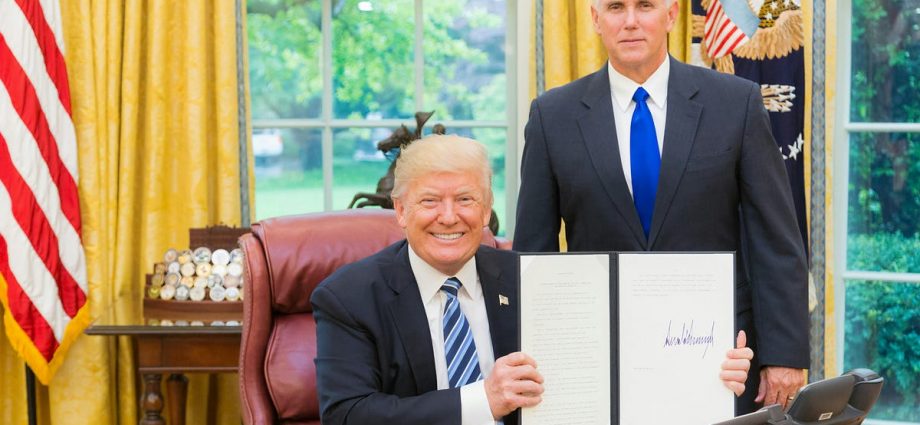Let’s cut the fluff and get straight into the core question that’s been floating around in econ-nerd Twitter, dinner table debates, and think-tank papers:
Did Trump’s tariff plan actually work?
You remember the headlines. Steel tariffs. Aluminum tariffs. Cars made abroad suddenly slapped with an extra 25%. It was all under the big, bold banner: “Make America Great Again.” But now, years later — and with cold, hard data in our hands — we’re ready to ask the real question:
Was this strategy genius, or just geopolitical chest-beating?
But before we dive deep, let’s zoom out for context — and then bring it all together with some juicy charts.
Trump’s team argued this was all about protecting U.S. industry. The logic was simple:
- Foreign producers (especially China) were undercutting U.S. prices.
- This weakened American industries.
- Tariffs would make imports more expensive, giving local businesses room to breathe, rebuild, and thrive.
Sounds reasonable, right? National strength through economic independence. Kind of like Bitcoin’s logic in a monetary sense. But now let’s dive into the receipts.
Did Production Actually Go Up?
YES. And by a lot.
Steel capacity in the U.S. hit over 80% utilization — a solid increase after tariffs were imposed around March-June 2018. Steel plants got back to work. Aluminum also got a boost — from a depressing 45% to about 64%. Not bad, right?
If you’re an American steelworker or aluminum exec, you probably popped a bottle or two.


